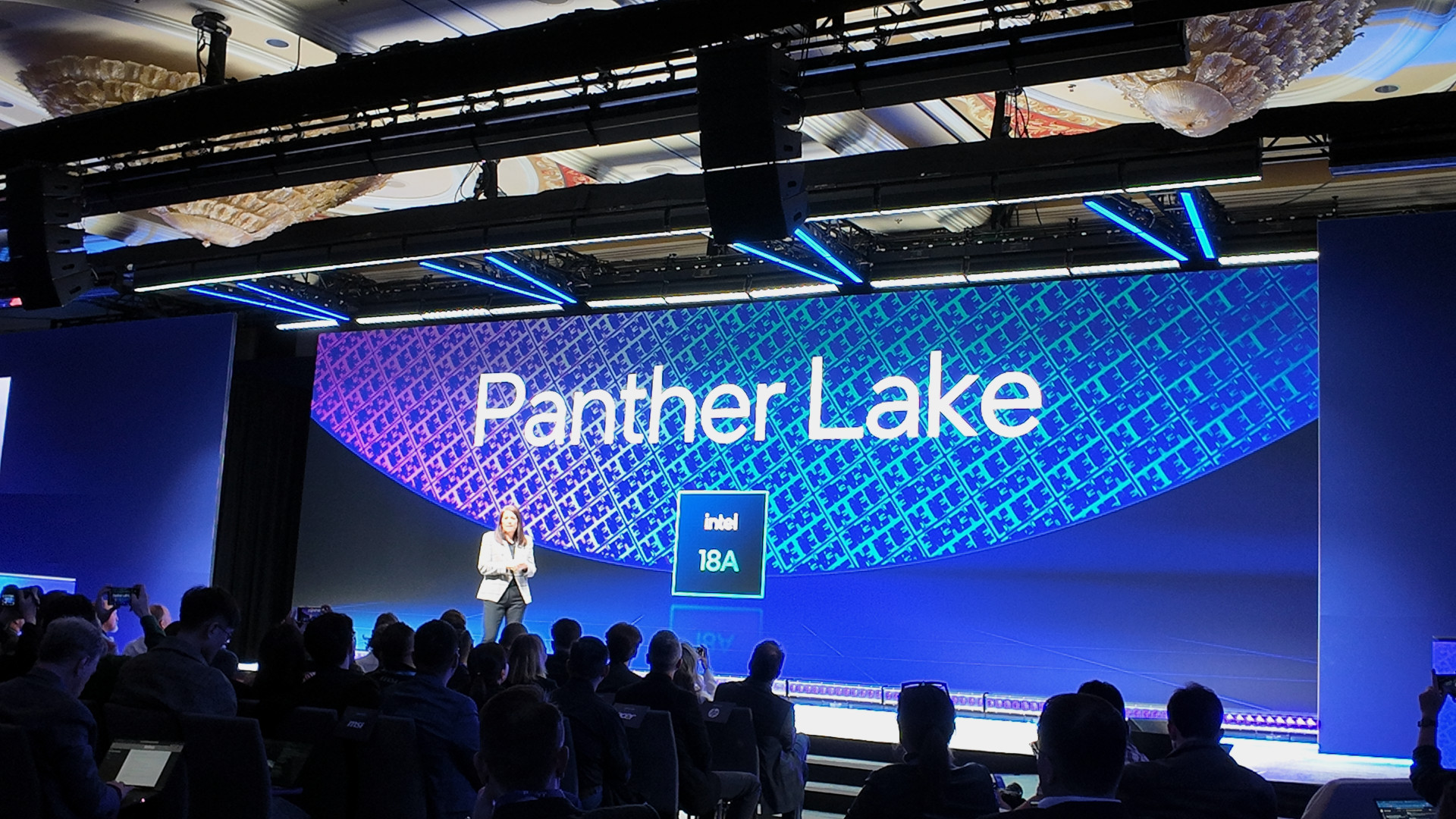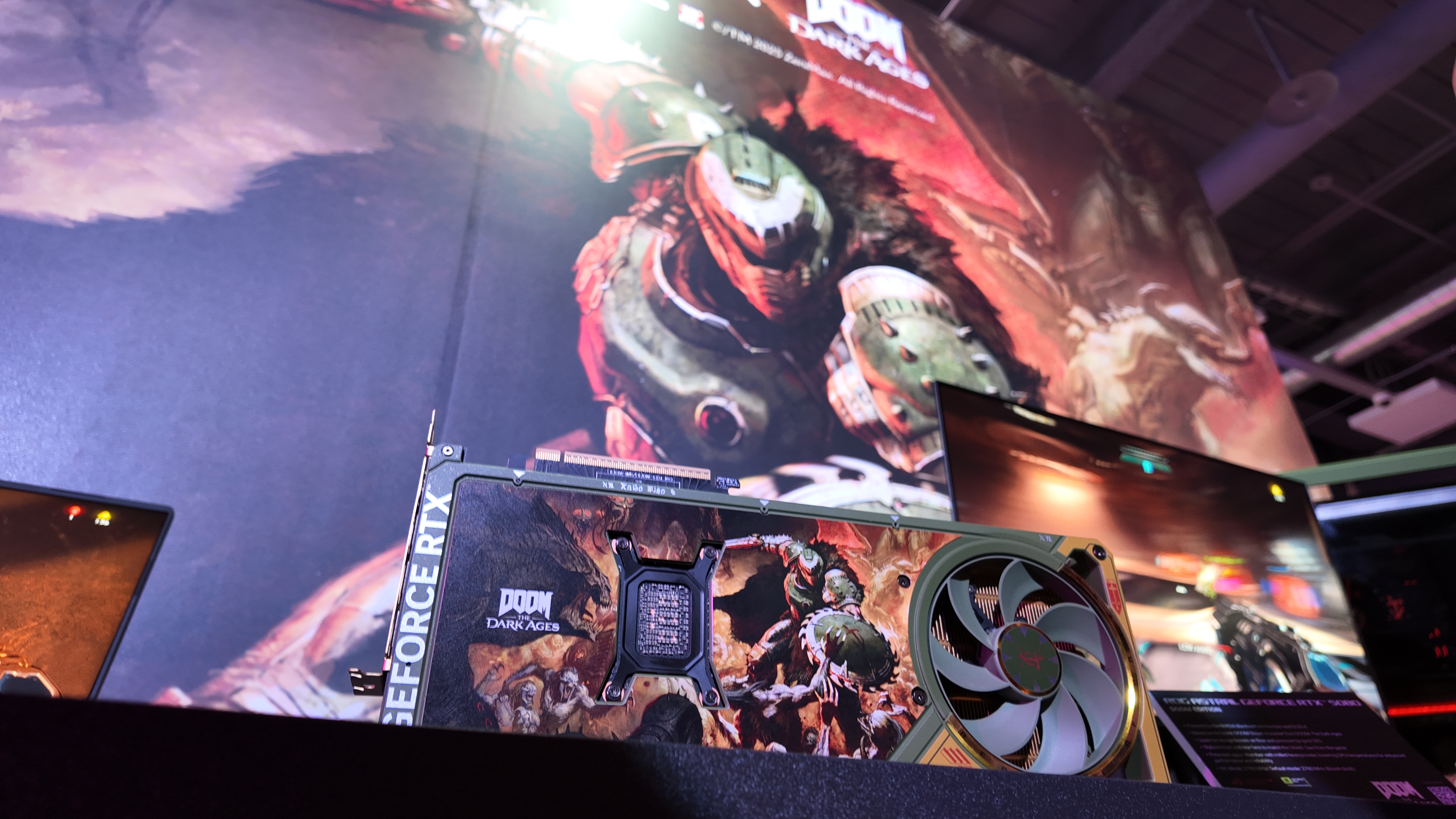
Watchmen: Chapter II Review
Watchmen Chapter II is available on digital Tuesday, November 26.
With the studied setup and exposition out of the way, Watchmen Chapter II closes out the animated adaptation of Alan Moore and Dave Gibbons’ famously dense and multi-layered graphic novel in impressive fashion. Fidelity to the source material and the demands of cinematic pacing are neatly balanced by writer J. Michael Straczynski, and from the firm foundation of his screenplay, Watchmen emerges as one of the most substantial entries in the entire voluminous catalog of DC animated features from Warner Bros.
Chapter II benefits from how Chapter I established the inner workings of Moore’s alternate 1985, a reality where Richard Nixon is still president of the United States, the threat of nuclear armageddon is imminent, and costumed superheroes played a crucial role in the unfolding of the 20th century. Directed with practiced precision by Brandon Vietti, the animation – which incorporates CGI and character designs that directly evoke Gibbons’ exacting linework – suits the storytelling approach. It’s smooth and easy to follow and works in tandem with the actors to enliven the characters onscreen. Titus Welliver finds a new lane for his Rorschach, imbuing him with quiet menace while uttering many of the same lines with an entirely different tone and inflection that nevertheless feels entirely appropriate.
Much of the film’s emotional heartbeat centers on the romantic storyline between the Batman-esque Nite-Owl and female hero Silk Spectre, voiced by Matthew Rhys and Katee Sackhoff, respectively. Both actors are given more to do in this half of the story as their characters’ relationship grows, and they do a great job bringing life to Moore’s words in a way that feels respectful of his intentions.
One big question longtime fans may have – particularly in light of the Snyder version: Does the third act involve a certain giant squid? Without spoiling too much: yes. In fact, it almost feels like this two-part animated adaptation exists solely to put the comics’ original ending on the screen. Here as on the page, it’s far more interesting and less convoluted.
Straczynski masterfully compresses and eliminates elements when necessary, but his expertise with both screenwriting and comic book writing lends confidence to his decision-making on what to keep and what to cut. Key moments such as the death of the first Nite-Owl, Hollis Mason (one of the most heartbreaking parts of the book), and a runner about a popular pirate comic called “Tales of the Black Freighter” are woven into the overall story in such a way that they all work together toward streamlining Moore and Gibbon’s work while still preserving its emotional beats.
I’d say this is a loving adaptation that would make Moore proud, but given the curmudgeonly writer’s well-known reticence toward anything DC has done with the property past the book he wrote four decades ago, that might be a bridge too far. For others who’ve enjoyed revisiting the graphic novel over the years, those who’ve never had the pleasure, or those who are curious after watching the excellent sequel series on HBO, this animated incarnation is a first-rate extension of the Watchmen legacy.








